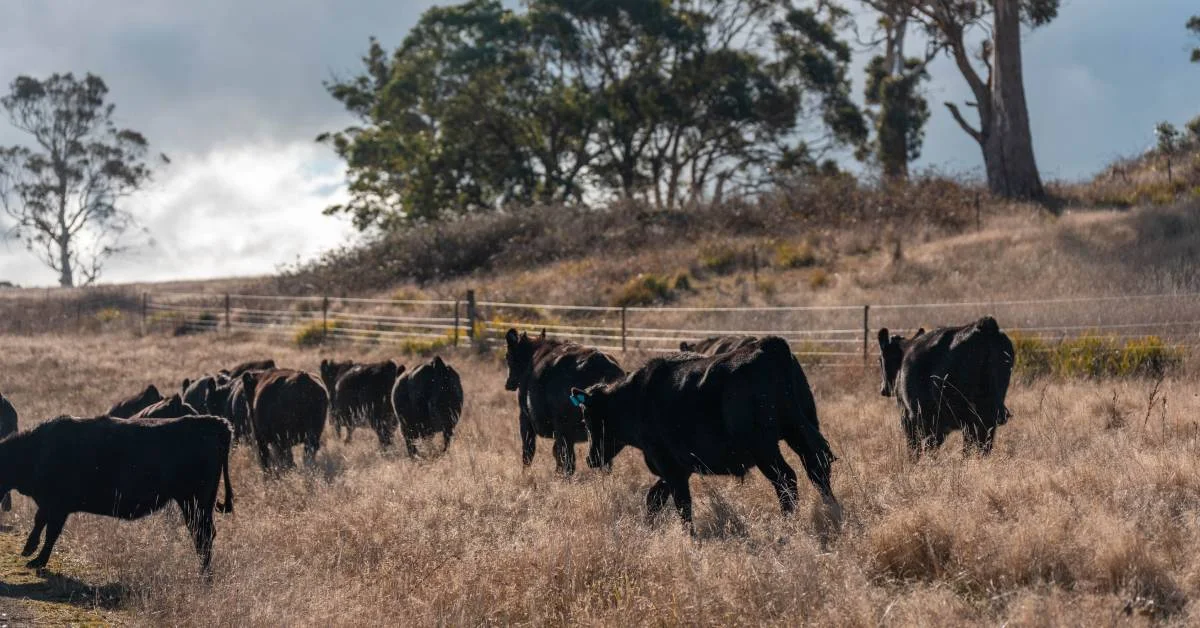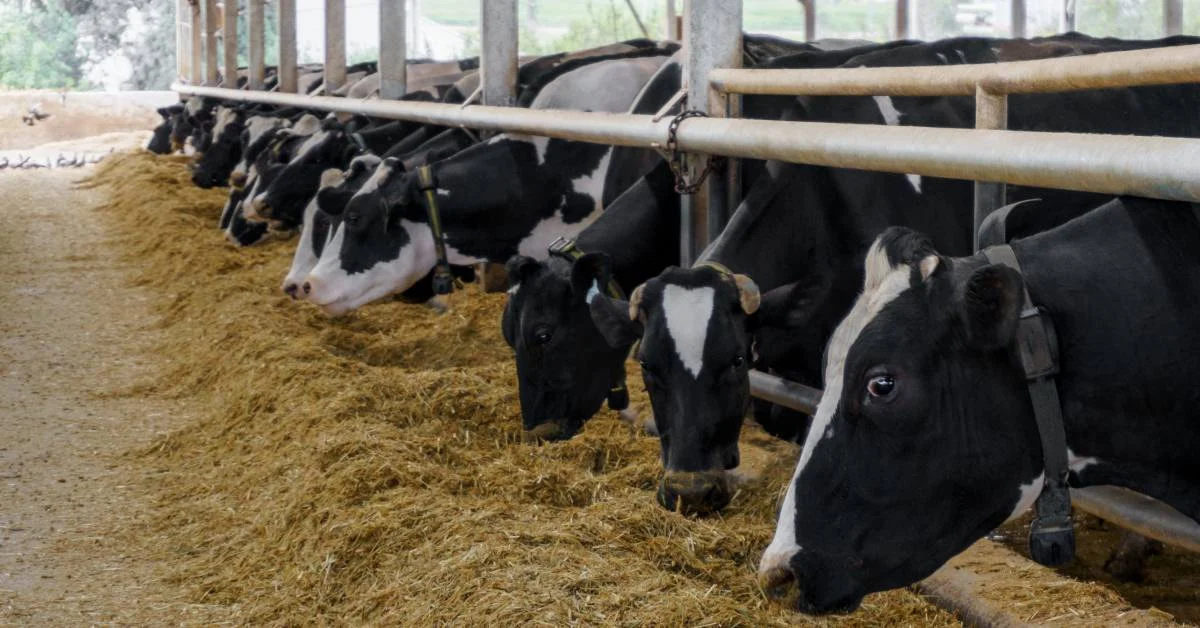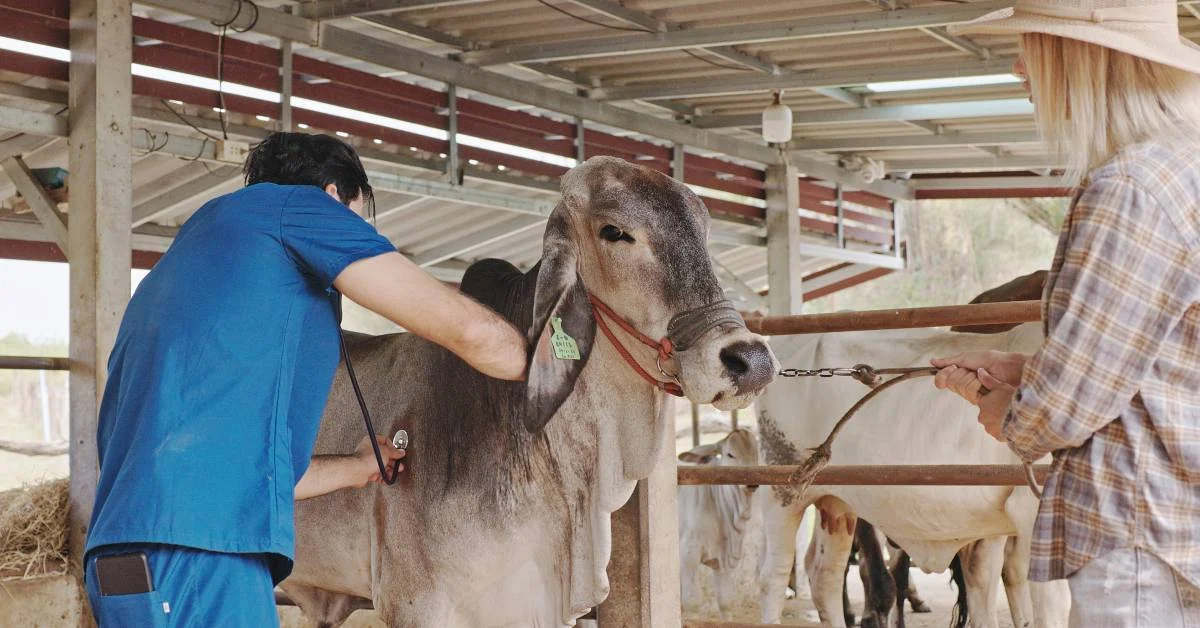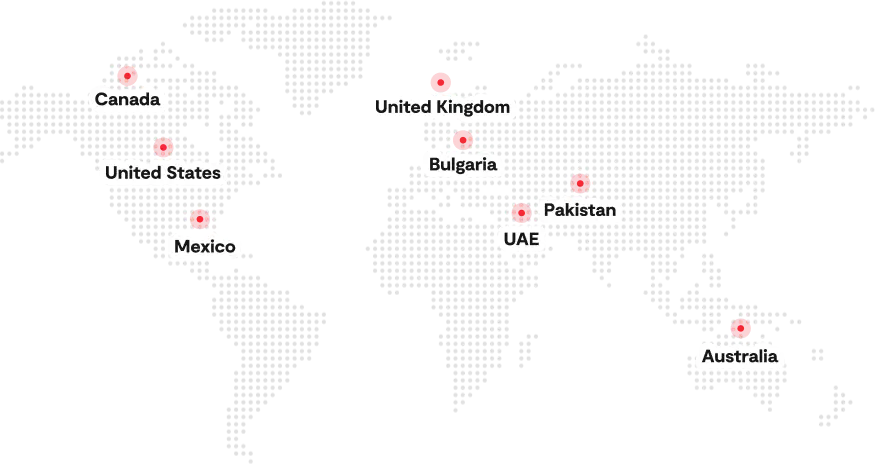As the global demand for seafood rises, the aquaculture industry is under pressure to produce more using fewer resources, in a more controlled way. This is where recirculating aquaculture systems (RAS) come in. RAS systems are evolving aquaculture by offering a closed-loop, water-efficient, and scalable farming solution. These systems reuse up to 99% of water through advanced filtration and biofiltration technologies, enabling high-density fish farming even in urban or water-scarce regions. The market reflects this shift. According to The Business Research Company, the integrated recirculating aquaculture system (RAS) sector is set to grow from $4.69 billion in 2024 to $5.13 billion in 2025 (a 9.3% CAGR), with further growth to $7.24 billion by 2029 (9.0% CAGR).
This growth isn’t driven by smart tech alone. It’s powered by tightening environmental policies, rising urban demand for local seafood, and stricter export quality standards. Governments worldwide are offering incentives and subsidies to boost sustainable aquaculture. Meanwhile, supermarkets and food service operators are demanding traceable, high-quality fish grown close to urban centers. Together, these forces, regulations, market needs, and smart technology are pushing RAS adoption from niche curiosity to mainstream production.
What is a Recirculating Aquaculture System?
A RAS system, short for Recirculating Aquaculture System, is a closed-loop, land-based method of fish farming where the same water is continuously cleaned, treated, and reused. Unlike traditional systems that draw water from natural sources and discharge it after one use, a RAS system filters and recycles water within the facility making it a highly sustainable and controllable aquaculture method.
Why is it important?
RAS is a high-tech solution needed for raising fish in environments where water is limited or environmental regulations are strict. It enables fish farming virtually anywhere like urban centers, deserts, cold regions by decoupling production from natural water bodies by enabling the environmental parameters needed in the aquaculture like the ones mentioned below.
By tightly managing these variables, RAS systems create optimal and predictable conditions year-round leading to healthier fish, better yields, and more efficient use of feed and resources.
Key Components of a RAS System
Understanding how a recirculating aquaculture system works goes beyond the concept of reusing water. Every component within the system serves a specific function to manage waste, preserve water quality, and maintain fish health. When integrated correctly, these elements not only reduce environmental impact but also boost operational efficiency and yield.
Let’s break down the essential components that keep a recirculatory aquaculture system running smoothly:
Water Recirculation Loop
The backbone of a ras system, this loop continuously pumps water through tanks and filtration units before recirculating it. It allows for precise control over flow rates and ensures water consistency.
Mechanical Filtration
This stage removes suspended solids like uneaten feed, fecal matter, and debris. Drum filters or screen filters are commonly used. In larger systems, clarifiers or swirl separators are also employed to settle fine particles and reduce the organic load. Efficient mechanical filtration is crucial for minimizing organic buildup in the system.
Biofiltration
Fish excrete ammonia, which is toxic in even small concentrations. Biofilters use nitrifying bacteria to convert ammonia to nitrite, and then to nitrate which is a much less harmful compound. A well-maintained biofilter is one of the most critical parts of any recirculatory aquaculture system. After biofiltration, degassing units are often used to remove dissolved gases such as carbon dioxide and nitrogen. This step is essential for preventing gas buildup that can harm fish respiration and reduce oxygen transfer efficiency in the ras system.
Oxygenation
Since fish need constant access to dissolved oxygen, the ras system incorporates oxygen injectors or aeration devices. Maintaining dissolved oxygen at optimal levels improves fish metabolism, reduces stress, and enhances growth rates.
Disinfection Units
Before water is reintroduced into the fish tanks, it undergoes sterilization using UV light or ozone treatments. This step kills pathogens, helping maintain a disease-free environment which is one of the key reasons why recirculating aquaculture systems are considered superior in terms of strengthening biosecurity of livestock farming.
Sensors & Automation (Optional but Recommended)
Many advanced ras systems now integrate smart sensors to track water parameters like pH, ammonia, oxygen levels, and temperature in real time. These inputs feed into automated systems that adjust water quality, feeding, and filtration, making the system more resilient and efficient.
This technology-intensive approach makes RAS farming not only environmentally sustainable but also scalable and commercially viable in places where traditional aquaculture would be impossible. By enabling year-round production in controlled environments, RAS systems open doors to consistent supply, improved product quality, and reduced biosecurity risks.
But the real value of a RAS lies in the tangible operational advantages it offers. From dramatic water savings to enhanced control over critical farming conditions, the benefits are both practical and powerful.
Let’s take a closer look at the key benefits of using a RAS system.
Benefits of Using a RAS System
Implementing a RAS system in aquaculture operations comes with a host of environmental, operational, and economic advantages. It’s the go-to solution for producers aiming for sustainability, efficiency, and high-quality yield.
Here’s why the ras system is fast becoming the gold standard in industrial aquaculture:
1. Water Conservation
One of the most cited benefits of a recirculating aquaculture system is water savings. A well-functioning RAS system can reduce water usage by up to 99% compared to traditional flow-through systems. This is crucial for farms located in water-scarce or drought-prone regions.
2. Environmental Protection
In traditional systems, effluents rich in nitrogen and phosphates can harm local ecosystems. But in a RAS system, waste is filtered and treated internally. This drastically reduces environmental discharge and supports compliance with strict water quality and emission regulations.
3. Enhanced Biosecurity
Because the RAS system operates as a closed-loop, there’s minimal interaction with external water bodies or wild fish populations. This dramatically reduces exposure to pathogens, parasites, and other biological threats leading to healthier fish and fewer losses due to fish disease outbreaks.
4. Full Control Over Farming Conditions
RAS enables farmers to precisely regulate water temperature, oxygen levels, salinity, pH, and other critical parameters. This kind of control is nearly impossible in open-pond or cage systems. Whether raising tilapia, salmon, or shrimp, maintaining ideal conditions ensures consistent growth rates and optimized feed conversion ratios (FCR).
5. Year-Round Production
With indoor, climate-controlled environments, a ras system eliminates seasonality. This allows for continuous production, ensuring predictable harvests and revenue streams, regardless of weather or climate conditions.
6. Urban & Localized Farming
One of the most exciting shifts enabled by the ras system is urban aquaculture. Because it’s self-contained and doesn’t require access to natural water sources, recirculating aquaculture systems can be set up close to consumer markets like warehouses or industrial buildings near cities. This shortens the supply chain, reduces transportation costs, and delivers fresher seafood to local shelves.
7. Scalability
From small research facilities to commercial-scale production, recirculatory aquaculture systems can be scaled up or down as needed. Modular system designs allow farms to add new tanks or filtration units as operations grow, making it a long-term solution for aquaculture businesses.
8. Compliance & Certifications
With growing consumer awareness and regulations around sustainable seafood, many markets now demand certifications like ASC, BAP, or Global G.A.P. A RAS system helps producers meet these standards more easily thanks to its traceability, water efficiency, and biosecurity.
Challenges in Operating Recirculatory Aquaculture Systems
Despite its promise, the recirculatory aquaculture system isn’t without challenges:
- High Capital Investment: Setting up a RAS system requires significant upfront investment in infrastructure and technology.
A study on the Economic Feasibility of RAS in Pangasius farming shows that for large farms, net present implementation value increases from an average of 589,000 USD/ha to 916,000 USD/ha after implementing RAS. Overall, the probability that RAS is a profitable investment is found to be 99% for both farm sizes.
- Energy Consumption: Pumps, filters, and oxygenation systems demand continuous energy.
- Technical Complexity: Operating a RAS system requires knowledge in microbiology, hydraulics, and water chemistry.
- Failure Risk: If a system fails (e.g., oxygen drop or biofilter collapse), fish mortality can be rapid and severe.
That’s where smart technology can help mitigate these risks.
Where Smart Technology Fits In
Smart technology is the missing puzzle piece in making RAS system operations more efficient, reliable, and scalable. While traditional aquaculture relies heavily on manual labor and reactive decision-making, smart tech turns RAS into a proactive, data-driven powerhouse using the top aquaculture technologies. Here’s how:
Real-Time Monitoring
Advanced Iot sensors in agriculture continuously track key parameters such as temperature, dissolved oxygen, pH, ammonia, and nitrates. By monitoring these metrics 24/7, farms can respond instantly to deviations ensuring water quality stays optimal and fish stress is minimized. These systems also create a historical log for trend analysis and seafood HACCP compliance reporting.
Automated Feeding & Waste Management
Feeding systems are no longer one-size-fits-all. Smart feeders adjust portions based on fish behavior, appetite, and biomass, reducing both feed waste and overfeeding risks. At the same time, integrated sludge removal systems work in tandem to remove solid waste efficiently, keeping the water clean and reducing labor costs.
Predictive Analytics
AI-driven platforms analyze patterns across water quality, fish activity, and system performance. This enables early warnings for equipment failure, seafood disease onset, or even suboptimal growth conditions giving farmers time to act before issues escalate.
Centralized Dashboards
With everything integrated into a single dashboard, operators can monitor filtration performance, fish health, feeding schedules, and environmental conditions from any device. Whether you’re managing one site or many, this kind of control helps streamline decision-making and reduce operational risk.
How Folio3 AgTech Is Optimizing RAS Management
Modern RAS systems need modern management tools. Folio3 AgTech delivers an aquaculture software designed to integrate seamlessly with recirculating aquaculture systems. It brings IoT, automation, and real-time analytics into a unified platform giving farmers complete visibility into their systems while reducing manual workloads and human error. From day-to-day management to long-term forecasting, the software turns complex RAS operations into streamlined, insight-driven workflows.
Here are few features showing how it supports smart farming:
- Sensor Integration: Connects with pH, DO, temperature, and turbidity sensors.
- Real-Time Dashboards: Visualize performance across tanks and sites.
- Smart Alerts: Automated warnings for parameter deviations.
- Predictive Analytics: AI-driven insights for disease, growth, and equipment.
- Batch Tracking: Monitor fish lifecycle, treatments, and feed inputs.
- FCR Optimization: Analyze and reduce feed conversion ratios.
- Traceability: End-to-end tracking from hatchery to harvest.
With these tools, producers using a RAS system can reduce waste, optimize feed, and enhance overall profitability.
Conclusion
Recirculating aquaculture systems represent a breakthrough in sustainable seafood production. They enable controlled, high-density farming with minimal environmental impact. Yet, without the right technology, RAS can be costly and complex to manage. Smart systems, like aquaculture management software by Folio3 AgTech, make RAS systems scalable, intelligent, and profitable. By combining automation, data, and control, producers can meet the growing global seafood demand without compromising sustainability. If you’re looking to invest in the future of aquaculture, smart-enabled recirculating aquaculture systems may be your most powerful ally.
FAQs
What Is A Recirculating Aquaculture System?
A Recirculating Aquaculture System (RAS) is a land-based, closed-loop fish farming method where water is continuously filtered and reused. It involves mechanical and biological filtration, oxygenation, and disinfection to maintain water quality. This approach allows for high-density fish farming with minimal water exchange, making it ideal for urban or water-scarce areas.
What Are The Disadvantages Of A Recirculating Aquaculture System?
RAS systems come with high initial setup and operational costs. They require advanced technical knowledge, constant monitoring, and energy-intensive components like pumps, filters, and oxygen systems. System failure or power outages can lead to rapid fish mortality if not managed properly.
What Is The Advantage Of A Recirculating Aquaculture System?
The main advantages include significant water conservation (up to 99%), reduced environmental impact, and greater control over fish health and growth conditions. RAS enables year-round production, minimizes disease risks, and supports sustainable aquaculture even in urban settings.
What Is The Principle Of Recirculating Aquaculture Systems?
The core principle of RAS is water reuse. Waste from fish is mechanically and biologically filtered, the water is disinfected and re-oxygenated, and then recirculated back into the tanks. This cycle allows farmers to maintain optimal conditions with minimal resource input.
What Is The RAS System For Salmon?
A RAS system for salmon provides a controlled environment to rear salmon from smolt to market size. It offers consistent temperature, oxygen levels, and water quality, which reduces stress and boosts growth. Salmon RAS farms are increasingly used to reduce reliance on open-net pens and prevent issues like sea lice and disease outbreaks.







